Discovering the great outdoors with children can be both fun and educational. Many parks offer trails perfect for young explorers, blending adventure with learning. Insights from over 10 experienced travel families highlight the best spots for creating lasting memories.
From Yellowstone’s wildlife sightings to Olympic’s tidepools, these destinations cater to different interests and ages. Kids can engage with interactive programs like the Junior Ranger activities, turning hikes into hands-on lessons. Simple tools, like $2 travel journals, help them document their discoveries.
Whether it’s scenic lakeshores or accessible cave tours, there’s something for every family. This guide shares top-rated locations and tips to make your trip unforgettable.
Table of Contents
Key Takeaways
- Trails in parks like Yellowstone and Olympic are ideal for young adventurers.
- Educational programs, such as Junior Ranger, enhance kids’ experiences.
- Affordable travel journals help children record their outdoor discoveries.
- Options range from wheelchair-accessible paths to challenging routes for teens.
- Collaborative tips from seasoned travel families ensure trip success.
Why National Parks Are Perfect for Family Adventures
Exploring nature with kids becomes an unforgettable journey when national parks serve as your classroom. These protected lands offer more than scenic views—they create interactive learning experiences that spark curiosity in young minds.
Connecting Kids with Nature
Nothing compares to watching children’s eyes light up during wildlife encounters. In Glacier National Park, spotting grizzly bears teaches respect for ecosystems. Olympic’s tide pools turn into living science labs where starfish and anemones become hands-on lessons.

These parks protect diverse environments—from Yellowstone’s geothermal wonders to Shenandoah’s synchronized firefly displays. Each visit helps families understand our planet’s delicate balance.
Educational Opportunities Along the Trails
Ranger-led programs turn hikes into adventures. The Junior Ranger program, available in most parks, rewards kids for completing nature challenges.
Three ways parks make learning fun:
- Science in action: Yellowstone’s geysers demonstrate volcanic forces
- Conservation lessons: Olympic’s rainforests show interconnected ecosystems
- History alive: Grand Canyon trails reveal Earth’s geological timeline
Since 1872, these parks have connected families to the natural world while teaching preservation values. Whether through wildlife sightings or ranger talks, every trail offers teachable moments.
Family-Friendly Hikes in National Parks: Top Picks for All Ages
Glacier and Yellowstone offer some of the most engaging outdoor experiences for families. Both parks combine stunning landscapes with kid-friendly activities, ensuring fun for every age group.
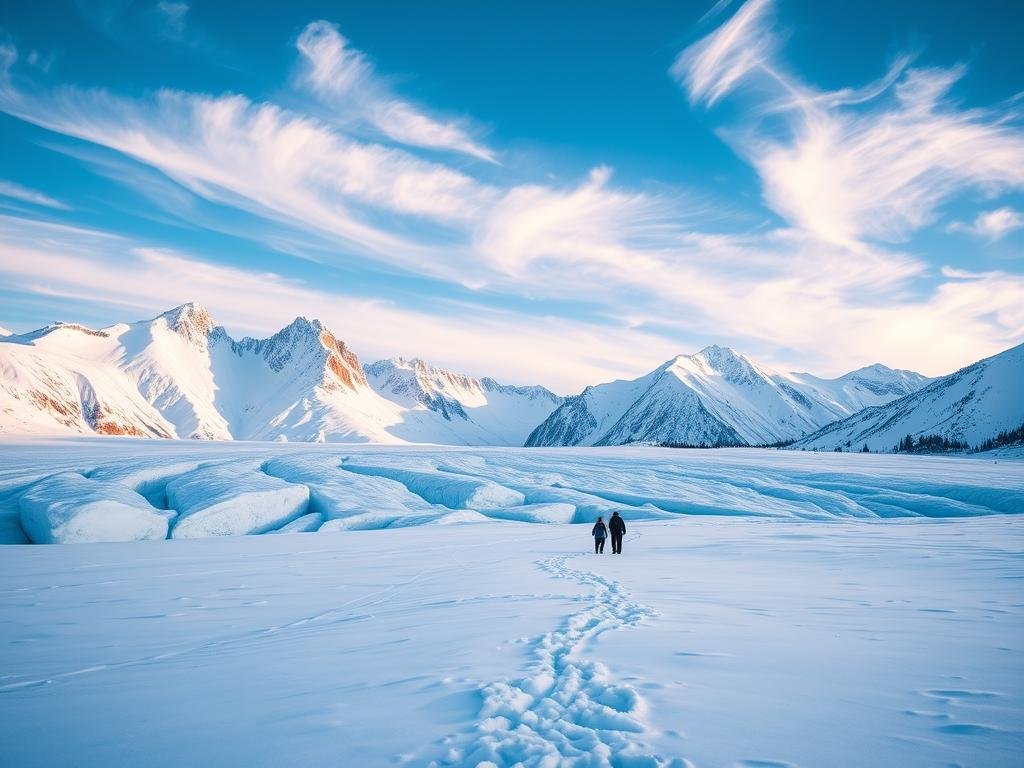
Glacier National Park: Lakes and Wildlife Galore
Lake McDonald is a highlight, where families can swim or paddleboard in crystal-clear waters. The Going-to-the-Sun Road, closed to cars seasonally, becomes a safe biking trail with panoramic views.
Don’t miss Polebridge Mercantile’s famous pastries or camping under the stars at Bowman Lake. Insider tip: Fourth graders get free park access through the *Every Kid Outdoors* program.
Yellowstone National Park: Geysers and Bison Jams
Arrive early to avoid crowds at Old Faithful. A 5-day itinerary lets you cover key spots like Grand Prismatic Spring and Lamar Valley’s *bison herds*.
Pack wildlife-safe picnic supplies and grab Junior Ranger sticker books for car rides. Remember: Stay 100 yards from bears and 25 yards from bison.
| Feature | Glacier | Yellowstone |
|---|---|---|
| Best Activity | Paddleboarding | Geyser Viewing |
| Wildlife | Grizzlies | Bison Herds |
| Insider Tip | Free 4th-grade pass | Sticker books |
| Trail Example | Avalanche Lake | Fountain Paint Pots |
Coastal Wonders: Acadia National Park for Families
Maine’s Acadia National Park blends adventure with accessibility for families. Its rugged shores and forested peaks offer trails suited for little legs, while ranger programs turn exploration into education.
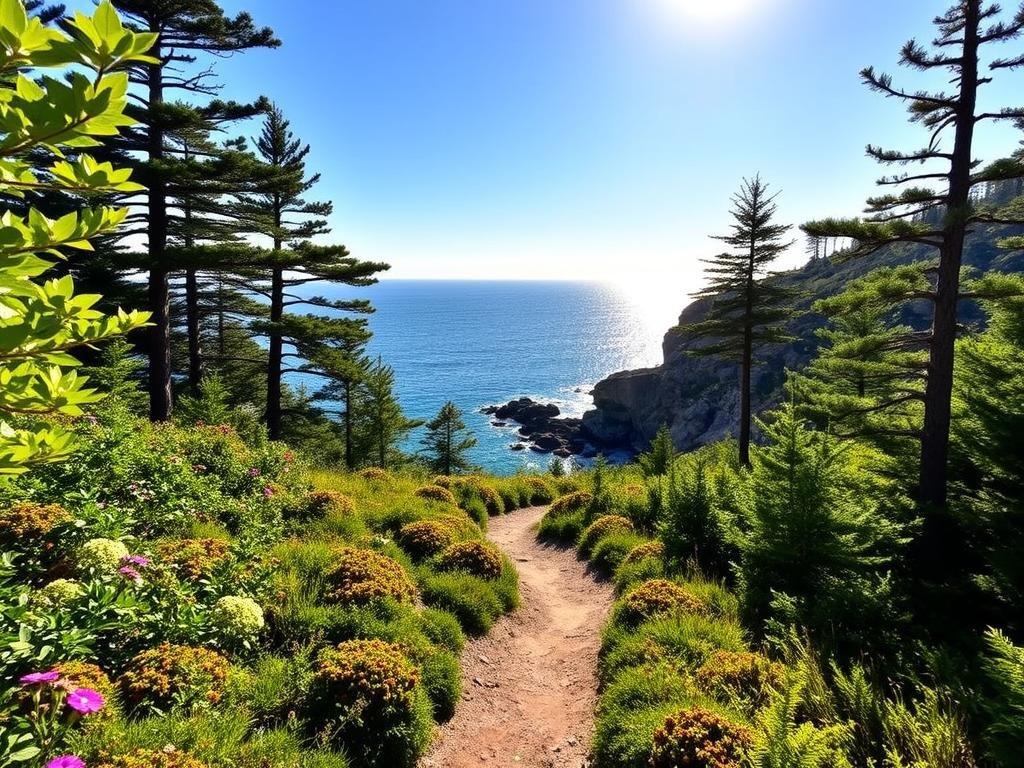
Ocean Path Trail: Paved Beauty for Little Feet
This 2-mile seaside path is ideal for strollers and young hikers. Kids can scramble over granite boulders to explore tide pools, while Otter Cliff’s crashing waves showcase the park’s raw beauty.
Cadillac Mountain: Sunrise Views Worth the Early Wake-Up
Reservations are needed to witness dawn from the summit—the first U.S. spot touched by sunlight. For a longer hike, the 7-mile South Ridge Trail rewards families with panoramic ocean views.
Three more Acadia highlights:
- Carriage roads: Bike 45 miles of car-free paths with ranger-led tours.
- Bar Harbor shuttle: Free buses connect trails to town ice cream shops.
- Dog-friendly policies: Leashed pets roam most trails—a rarity in parks.
Don’t miss Jordan Pond House’s popovers or stargazing under Acadia’s dark skies. Every turn reveals a new wonder for families to share.
Desert Magic: Saguaro and Joshua Tree for Kids
Desert landscapes offer a magical backdrop for family explorations, with unique trails that spark wonder in kids. The saguaro national park and joshua tree national park showcase nature’s resilience through towering cacti and surreal rock formations.
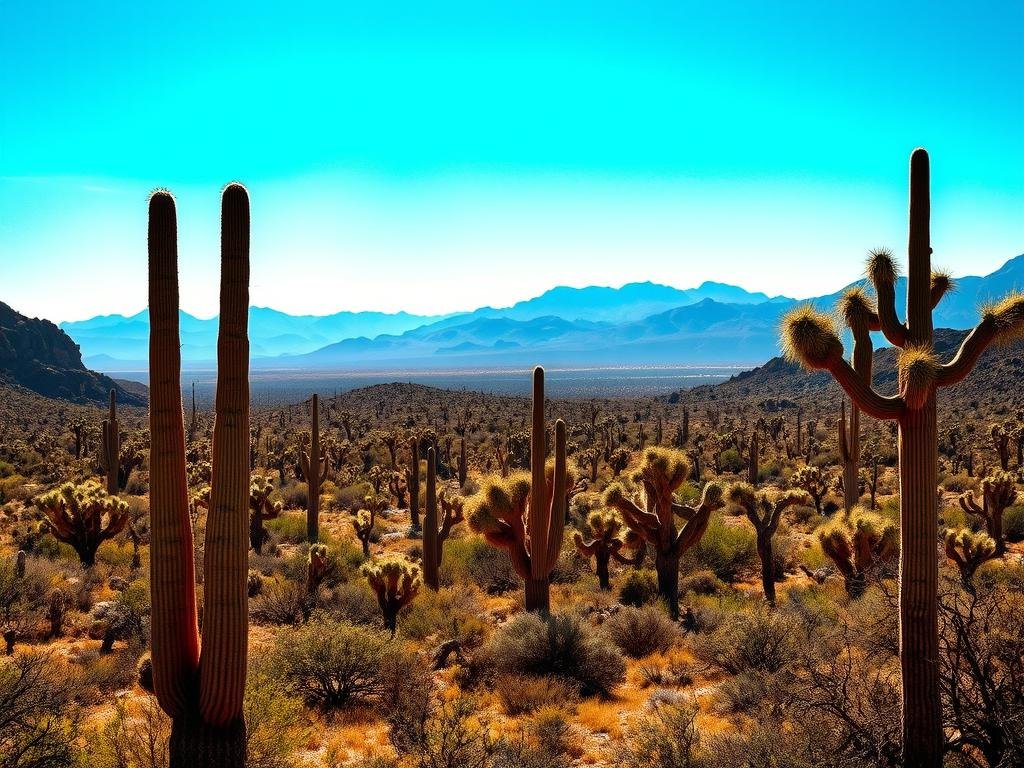
Hidden Valley Trail: A Playground of Boulders
Joshua Tree’s 1-mile loop winds through giant boulders perfect for scrambling. Heather Metcalf recommends early mornings for golden-hour photos and cooler temperatures.
The area’s “alien” terrain feels like a natural jungle gym, with rock crevices hiding secret passages for young explorers.
Cholla Cactus Gardens: Sunrise Strolls
This 0.25-mile loop glows when dawn light hits the spiky cacti. Families can spot rabbits darting between plants while learning desert ecology.
Aimée Gading suggests evening ranger hikes in Saguaro for sunset views over the Valley View Overlook Trail.
Essential desert safety tips:
- Carry 1 gallon of water per person daily
- Wear hats and UV-protective clothing
- Stay on marked trails to avoid wildlife encounters
The parks’ stark landscape creates dramatic backdrops for family photos. At night, the Milky Way arches over Joshua Tree’s rocks—a celestial finale to your adventure.
Waterfall Adventures in Shenandoah and Great Smoky Mountains
Waterfalls in Shenandoah and the Great Smoky Mountains National Park turn hikes into refreshing escapes. These parks combine cascading *water* with trails suited for all ages, from toddlers to teens.
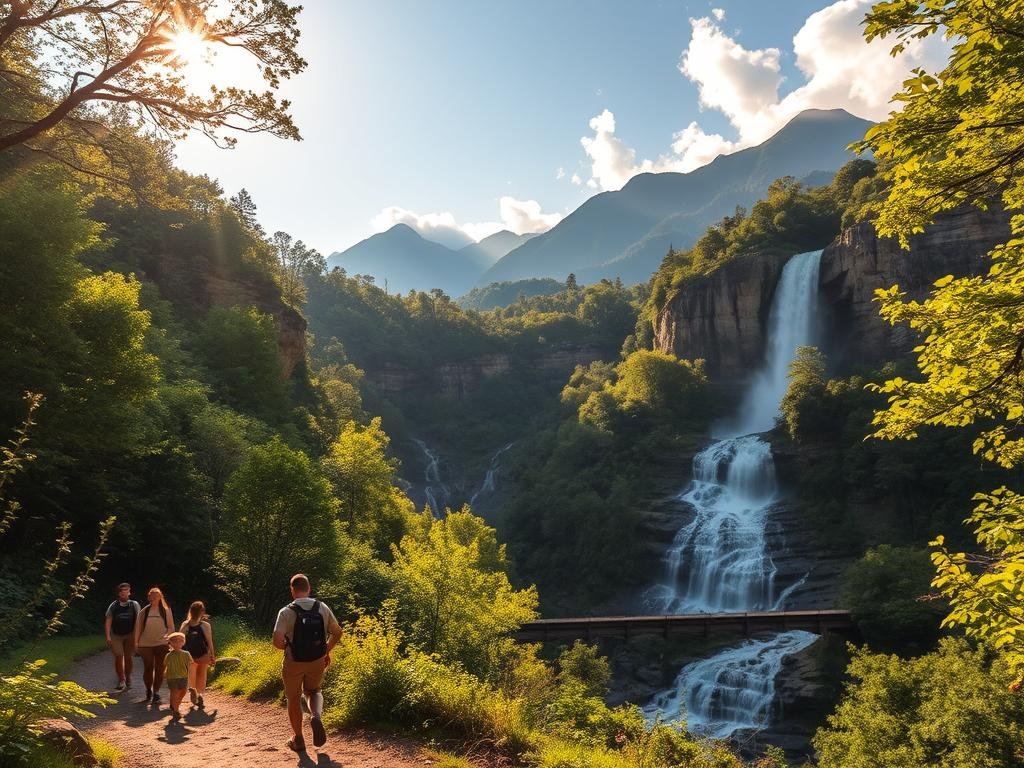
Dark Hollow Falls: Short Hike, Big Reward
This 1.4-mile *loop* packs a punch with a 440-foot elevation drop, leading to a dramatic lower falls. Older kids can scramble over rocks to cool off in the plunge pool, while autumn paints the trail in fiery hues.
Laurel Falls: Paved Path for Strollers
A smooth 2.6-mile *hiking trail* winds to a 80-foot cascade, perfect for families with little ones. The paved surface and gentle incline make it ideal for strollers or tiny legs.
Extend the adventure with these tips:
- Firefly magic: Visit the Smokies in late June for synchronized firefly displays.
- Stay nearby: KOA campgrounds near Townsend offer pools and playgrounds post-hike.
- Pack smart: Bring water shoes for wading and a picnic to enjoy by the falls.
Canyon Explorations: Grand Canyon and Capitol Reef
The rugged beauty of canyon landscapes offers families a mix of awe-inspiring sights and hands-on adventures. From the Grand Canyon’s layered cliffs to Capitol Reef’s hidden oases, these parks deliver diverse trails perfect for all ages.
South Rim Trails: Easy Views for All
The Grand Canyon’s South Rim boasts accessible paths like the Trail of Time, where kids can touch billion-year-old rocks. Geological markers turn the hike into a living science lesson.
Visit in fall or spring to avoid summer heat, and don’t miss the Junior Ranger program’s interactive activities.
Fremont River Oasis: Splashing and Picnicking
Capitol Reef’s Fremont river area is a hidden gem. Families can picnic under cottonwoods or wade in shallow pools while spotting deer.
October visits reward explorers with golden foliage and fewer crowds. The Grand Wash Trail offers easy hikes with towering canyon views.
Top experiences at these parks:
- Trail of Time: A 1.3-mile walk through Earth’s geological history.
- Fremont River play areas: Shallow spots perfect for cooling off.
- Fall foliage: Capitol Reef’s orchards glow in autumn.
Unique Landscapes: White Sands and Carlsbad Caverns
White Sands and Carlsbad Caverns redefine outdoor adventures with surreal landscapes. These parks offer experiences unlike any other, from sledding down glittering dunes to wandering through ancient caves.
Sledding Down Dunes at White Sands
Wax-coated sleds turn the gypsum dunes into a natural playground. Rent one at the visitor center for $25, or bring your own and wax it for smoother rides.
Sunset transforms the dunes into golden waves, perfect for photography. Kids can earn a Junior Ranger badge by completing ecosystem activities.
Big Room Trail: Underground Wonders
Carlsbad Caverns’ 1.25-mile trail winds through cathedral-like chambers. Cool temperatures (56°F year-round) make it a refreshing summer escape.
At dusk, watch millions of bats spiral from the cave mouth during bat flight programs. Guided tours add depth to the experience for older kids.
Pro tips for visiting:
- White Sands: Bring sunglasses—the dunes reflect intense sunlight.
- Carlsbad: Pack a light jacket and sturdy shoes for the caverns.
- Both parks: Arrive early to avoid crowds and secure parking.
Junior Ranger Programs: Fun Learning for Kids
The Junior Ranger program unlocks hidden wonders in every park. Kids earn badges by completing activity books and participating in ranger-led adventures, turning visits into interactive learning experiences.
At White Sands, young explorers investigate gypsum dunes to earn their badges. Yellowstone takes it further with a Young Scientist Toolkit for studying geothermal features near Old Faithful.
Three steps to becoming a Junior Ranger:
- Check in: Visit a ranger station for activity books
- Explore: Complete tasks like animal tracking or geology quizzes
- Celebrate: Attend a swearing-in ceremony to receive badges
Specialized programs deepen the experience. Guadalupe Mountains offers Junior Paleontologist badges for fossil studies. Acadia combines tide pool walks with conservation lessons during ranger talks.
| Park | Unique Program | Activity Example |
|---|---|---|
| Yellowstone | Young Scientist | Geyser observations |
| White Sands | Dune Explorer | Ecosystem scavenger hunt |
| Great Smoky Mountains | Wildlife Tracker | Animal habitat mapping |
| Carlsbad Caverns | Bat Flight Observer | Nocturnal studies |
These programs create lasting connections between kids and nature. Over 75% of participants return for more adventures, often bringing friends. Start your journey at any visitor center—the first badge is just an activity book away.
Packing Tips for Stress-Free Family Hikes
A well-packed bag makes outdoor adventures smoother and more enjoyable. Smart preparation ensures your family stays energized and safe while exploring nature.
Smart Snacking and Hydration
Choose mess-free snacks that provide lasting energy. Trail mix, granola bars, and dried fruit are perfect for quick refuels.
Hydration is key—especially in summer. Carry reusable bottles with built-in filters for backcountry water sources. Plan for frequent breaks to keep everyone refreshed.
Safety Essentials for the Trail
A compact first-aid kit should include:
- Bandages for blisters and scrapes
- Antiseptic wipes for cleaning wounds
- Insect repellent to ward off bugs
Sun protection is equally important. UPF-rated clothing and wide-brimmed hats shield against harmful rays. Mineral sunscreen works best for sensitive skin.
With these essentials, your family can focus on making memories. Proper preparation turns any trip into a comfortable adventure.
Best Times to Visit for Optimal Family Fun
Timing your visit can make all the difference in creating memorable outdoor experiences. Each park has ideal seasons that balance pleasant weather with manageable crowds.
Smart Strategies for Avoiding Crowds
Peak summer months bring over a million visitors to popular destinations like Yellowstone. Instead, target late spring or early fall for milder temperatures and shorter lines.
At Capitol Reef, October visits reward explorers with golden foliage and peaceful trails. Similarly, Glacier’s Going-to-the-Sun Road becomes accessible in May before the summer rush begins.
Regional Weather Patterns to Consider
Desert parks like Joshua Tree shine in spring and fall. Avoid Death Valley when temperatures soar above 100°F. Coastal destinations like Acadia peak in summer, while Everglades winters offer ideal conditions.
Key seasonal recommendations:
- Mountain parks: Late June-September for snow-free trails
- Southwest deserts: March-May and September-November
- Southern parks: October-April to escape heat and humidity
The Grand Canyon’s South Rim stays open year-round, while the North Rim closes until May 15. Always check current conditions before planning your adventure.
Safety Tips for Hiking with Children
Exploring the wilderness with young adventurers requires careful planning and awareness. Simple precautions ensure everyone stays safe while enjoying nature’s wonders.
Wildlife Encounters: Smart Practices
Teach kids to admire animals from a distance. Maintain at least 100 yards from bears and 25 yards from bison or elk. Never approach sick or injured wildlife—report sightings to park rangers immediately.
Proper food storage prevents unwanted visits. Use bear-proof containers and never leave snacks unattended. Three essential wildlife rules:
- Observe quietly: Loud noises stress animals
- Never feed wildlife: It alters natural behaviors
- Store food properly: Use designated lockers when available
Trail Etiquette for Young Explorers
Respect other hikers by keeping noise levels moderate. Teach children to yield to uphill travelers and step aside for faster groups.
Follow “leave no trace” principles by packing out all trash. Stay on marked paths to protect fragile ecosystems. This preserves trails for future visitors.
| Essential Gear | Purpose | Kid-Friendly Version |
|---|---|---|
| Whistle | Emergency signaling | Neck lanyard with safety breakaway |
| Trail Map | Navigation | Colorful illustrated park maps |
| First Aid Kit | Minor injuries | Bandages with fun designs |
| Emergency Blanket | Weather protection | Pocket-sized foil sheets |
Region-specific risks require special attention. Desert hikes demand extra water—carry one gallon per person daily. Mountain trails need layered clothing for sudden weather changes.
With these safety tips, families can focus on creating joyful memories. Preparedness turns potential challenges into valuable learning moments for children.
Nearby Camping Options: KOAs and Family-Friendly Stays
Finding the perfect basecamp enhances any outdoor adventure with kids. KOA offers over 500 campgrounds across North America, providing diverse camping options for all preferences.
These sites feature playgrounds, pools, and pet-friendly KampK9 areas. Unique lodging like cabins and Airstreams cater to different family needs.
Top KOA locations include Yellowstone Mountainside and Bar Harbor Oceanside. Both offer easy access to park attractions and full RV hookups.
For alternative stays, consider:
- Capitol Reef’s fruit orchards with harvest programs
- Glacier’s Bowman Lake for secluded waterfront sites
- Jellystone Park with themed events and activities
Book early during peak seasons to secure prime spots. Many locations fill months in advance for summer trips.
These family-friendly sites transform any park visit into a comfortable experience. With amenities and activities, they become destinations themselves.
Making Memories: Capturing the Adventure
National park visits become timeless treasures when families preserve their adventures creatively. Simple tools like $2 travel journals let kids document wildlife sightings and trail discoveries.
Photography transforms ordinary moments into lasting keepsakes. Capture the golden hour at Cadillac Mountain or action shots sledding down White Sands’ gleaming dunes.
Encourage children to sketch landscapes or write about their experiences. These personal records often become cherished childhood mementos.
Three creative ways to preserve park memories:
- Photo challenges: Assign themes like “textures” or “wildlife” for engaging shots
- Nature rubbings: Use crayons to record tree bark patterns
- Sound recordings: Save bird calls or rushing waterfalls
Souvenirs add tangible reminders of your journey. Collect pressed pennies, park-specific stickers, or Junior Ranger badges to commemorate each visit.
| Memory Idea | Best Parks | Kid Appeal |
|---|---|---|
| Geology scrapbook | Grand Canyon | Collect colorful rocks |
| Tide pool sketches | Olympic | Draw sea creatures |
| Dune photography | White Sands | Sled action shots |
| Sound journal | Great Smoky Mountains | Record waterfalls |
Post-trip projects extend the fun. Create photo books or scrapbooks together, reliving the beauty of each destination. These become family heirlooms that spark future travel dreams.
Conclusion
From desert dunes to misty waterfalls, these destinations offer endless ways to connect with nature. Each park provides unique landscapes that spark curiosity in young explorers.
Shared outdoor experiences create lasting bonds. Whether spotting bison in Yellowstone or sledding at White Sands, these moments become cherished memories.
Use the tips and itineraries shared here to plan your next trip. Download a travel journal or explore KOA campgrounds to enhance your adventure.
The trails await—where will your family explore next? Start mapping your journey today and create stories that last a lifetime.
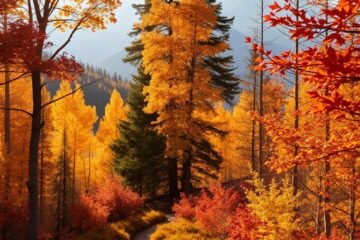
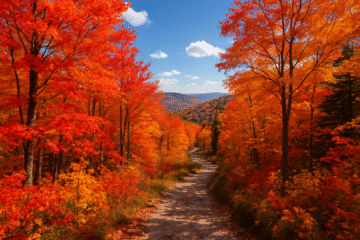
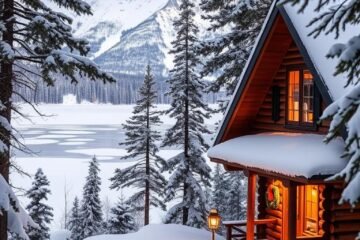
0 Comments